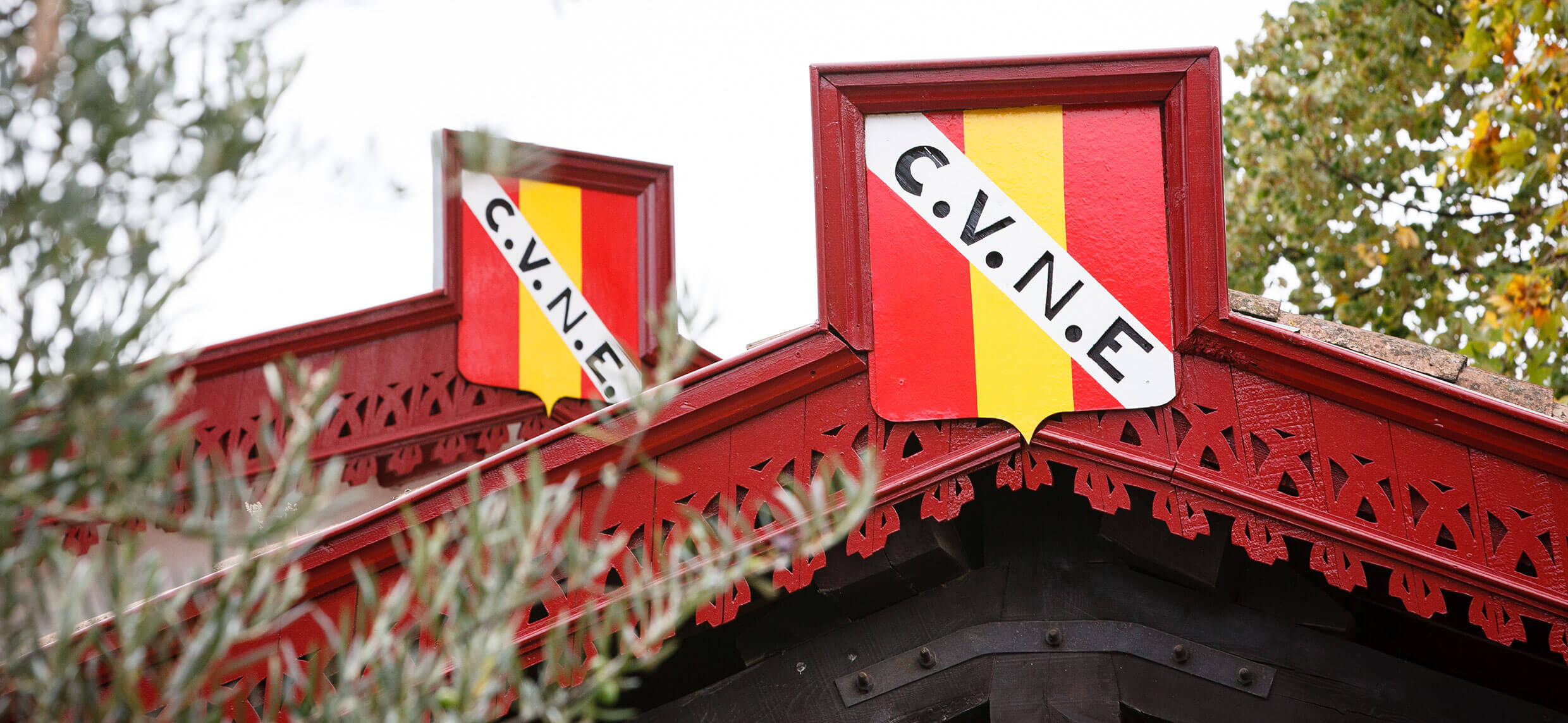Winery
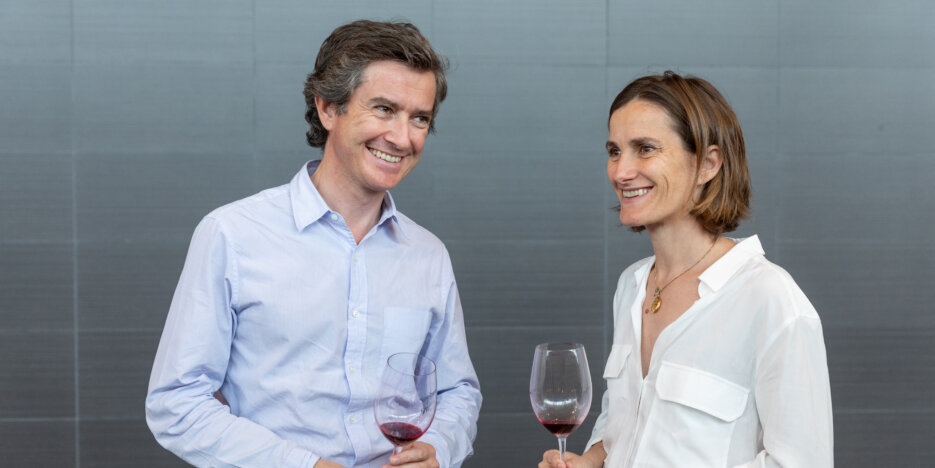
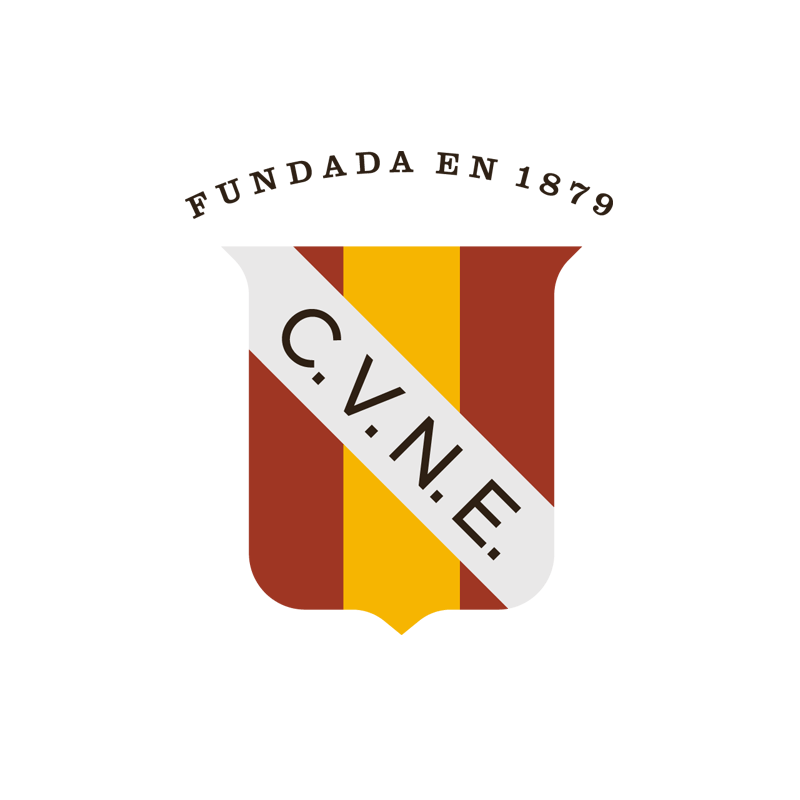
C.V.N.E. is now comprised of 8 wineries across Northern Spain. Cune, Imperial, Viña Real and Contino in Rioja, Roger Goulart in the world-famous Cava region, Bela, in the higher elevation surroundings of Ribera del Duero, Virgen del Galir, nestled between the slate-rich hills of Valdeorras and the most recent venture, La Val, in the Atlantic-influenced Galician region of Rías Baixas.
Cune & Imperial, Rioja Alta
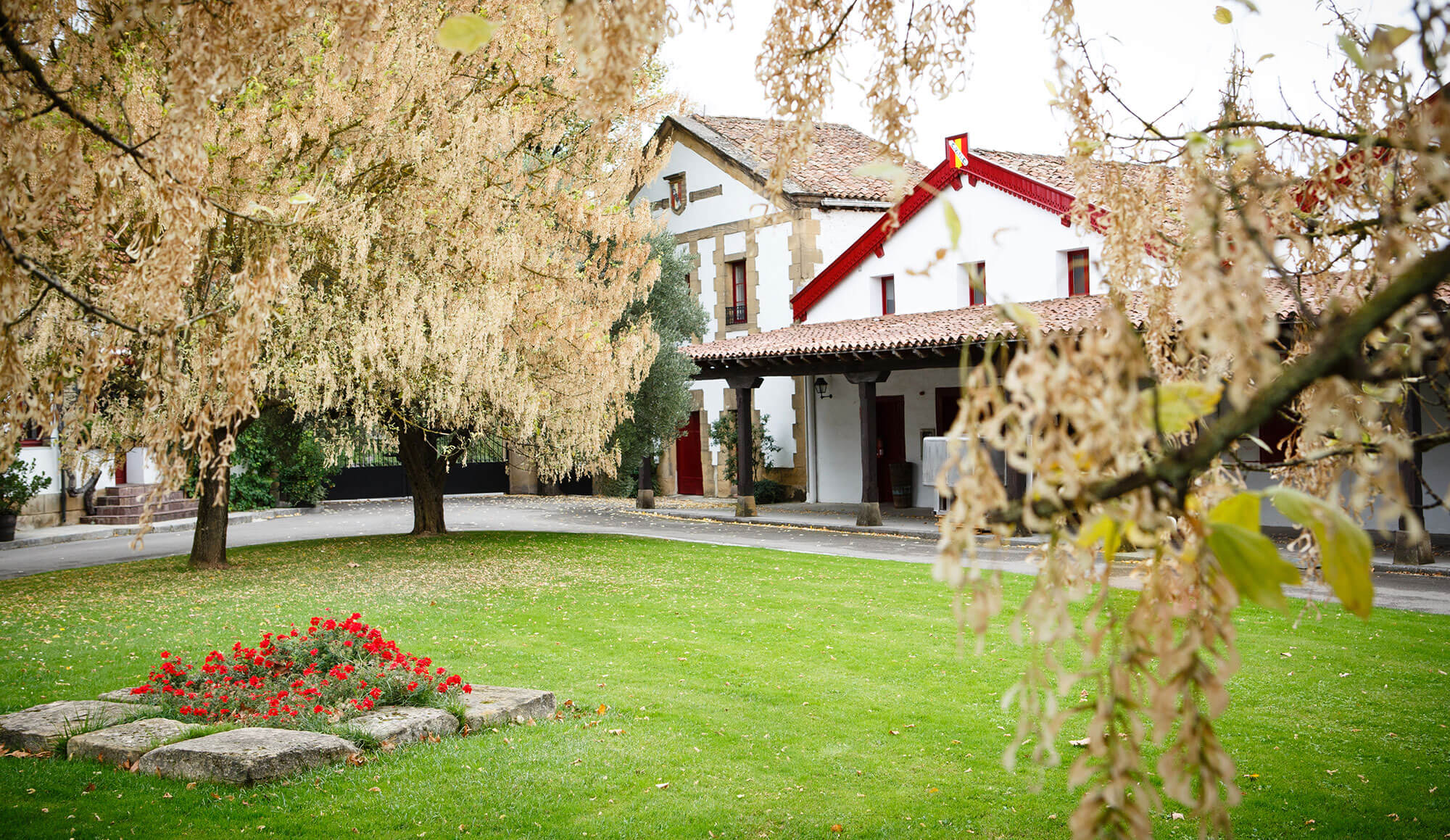
This winery forms the heartland of C.V.N.E. The famous Haro winery produces the wines of Monopole, Cune and the much sought-after classic, Imperial. The Cune winery and C.V.N.E. headquarters have been at the Cune site in Haro since 1879.
The winery and its first cellar were built in the same year pioneering a new lighting system still in operation today. 20 years later more cellars were built incorporating an innovative new design inspired by the legendary architect, Alexandre Gustave Eiffel. Rather than use conventional columns to support the ceiling, metal trusses extend from wall to wall creating an open space that significantly improves the management of the barrels in the cellar. Here the wine is produced, bottled and aged. Cune aims to produce wines that combine tradition with a continuous drive to improve wine quality
Viña Real, Rioja Alavesa
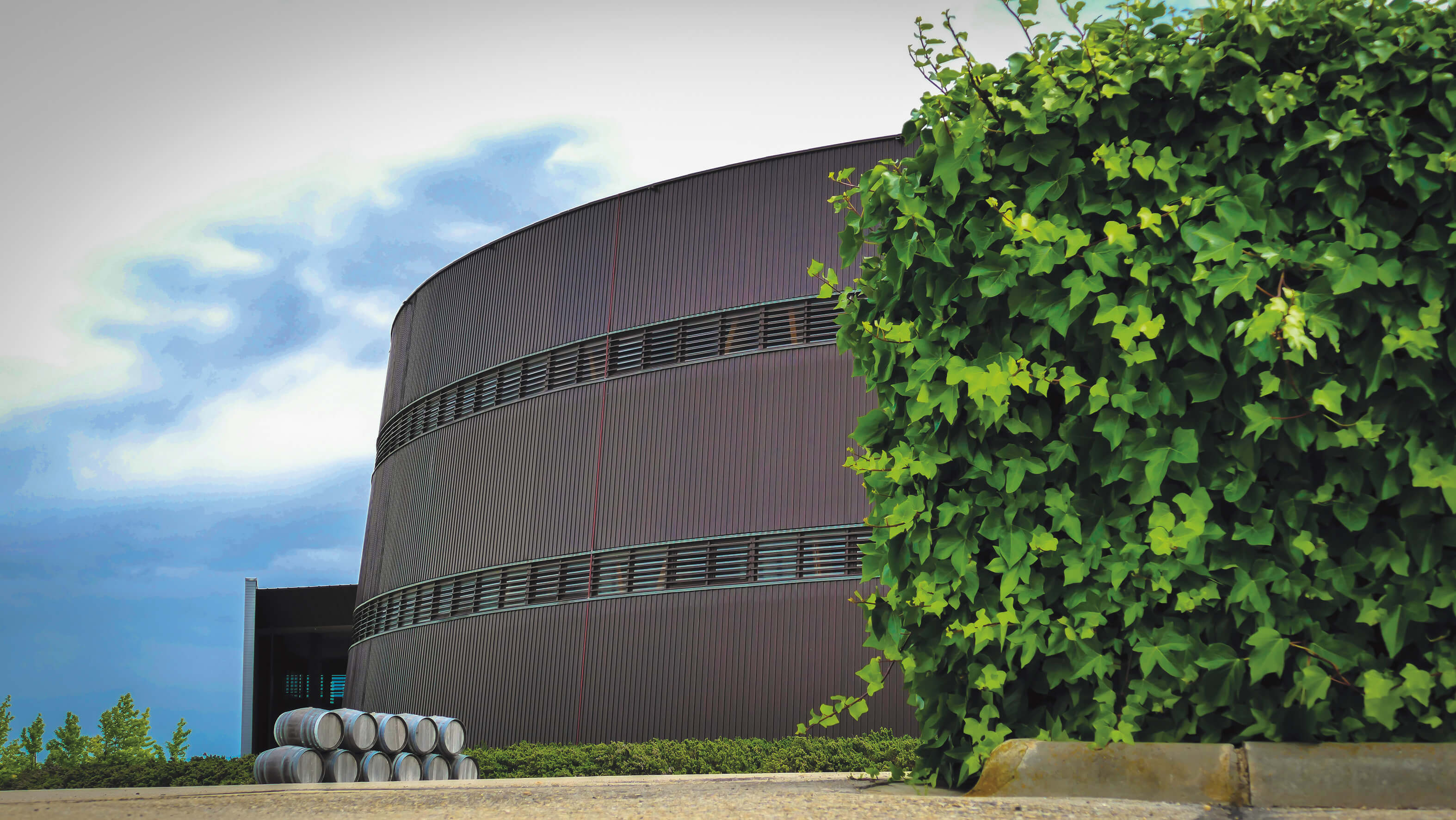
Launched by C.V.N.E. in the 1920s, Viña Real became one of the pioneering wineries to make crianza wines in oak barrels, as well as one of the first wineries to produce age worthy wines in the Rioja Alavesa made from Tempranillo. A careful balance between tradition and modernity has defined Viña Real’s ethos ever since.
Made in the heart of the Rioja Alavesa province, our vineyards continue to border the ‘Camino Real’ or ‘Royal Drive’; hence the origin of the Viña Real name. On that same terrain, integrated into a hill called the Cerro de la Mesa, rises a monumental fermenting vat covering nearly 30,000 square meters: the Viña Real winery.
This breath-taking new winery was opened in 2004 by King Juan Carlos of Spain. It is a stunningly impressive, modernist winery in Laguardia, made out of concrete, wood and stainless-steel. Our state-of-the-art winery is shaped like an enormous oak vat with two tunnels drilled into the mountain. Natural light, caves dug to store the wine, cutting-edge technology such as the use of gravity and the installation of the first vertical hopper in Spain, define this monumental work.
Contino, Rioja Alavesa
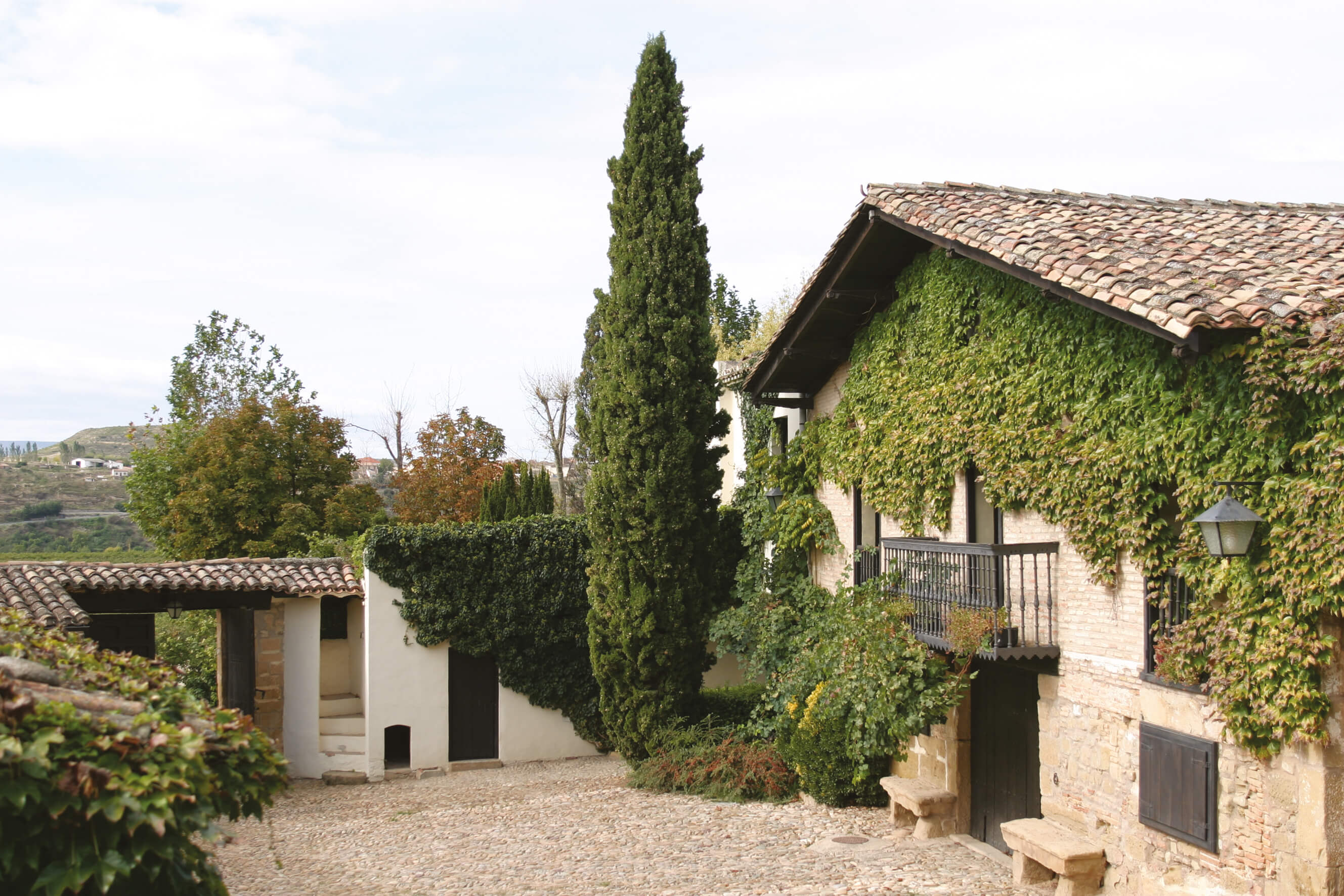
With foundations dating from the 16th century, this 62 hectare estate is located in a bend in the River Ebro. Here, a particular microclimate gives a special character to the wine. The name Contino refers to the royal guard of 100 soldiers who continually, ‘de contino’, guarded the King and his family. One of their members, Don Pedro de Samaniego, was rewarded for his loyalty with the property, now home to Contino.
In 1973, Contino established the concept of the ‘Bordeaux Chateau’ in Rioja, creating the first single estate Rioja.
Roger Goulart, D.O Cava
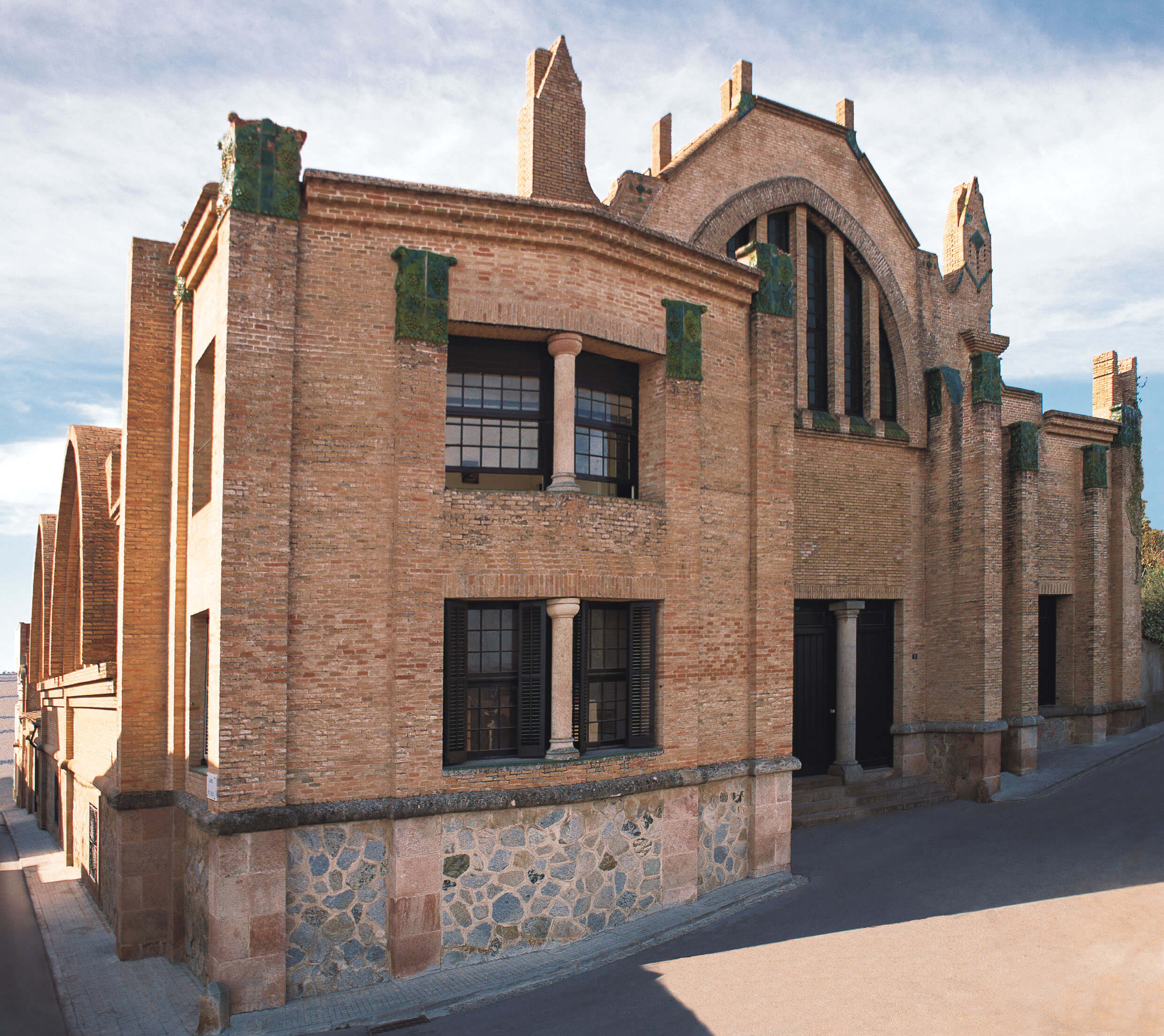
Housed in a majestic Art Nouveau building that represents one of the most unique buildings in the Alt Penedès, it is within these stone walls that the secret to our age worthy Cavas lies.
Bottle fermentation takes place in a series of underground cellars or ‘caves’, 30m below ground, that provide the natural and constant conditions that are ideal for fermentation and bottle ageing.
At Roger Goulart, our Gran Reservas are aged for 60 months, far longer than the legal minimum of 30 months. They therefore benefit from the longer contact and interaction of the yeast with the wine, which gives the final wine more complexity and character. The wines rest in the underground caves and are only disgorged under purchase order. This provides our sparkling wines the best conditions for ageing and freshness.
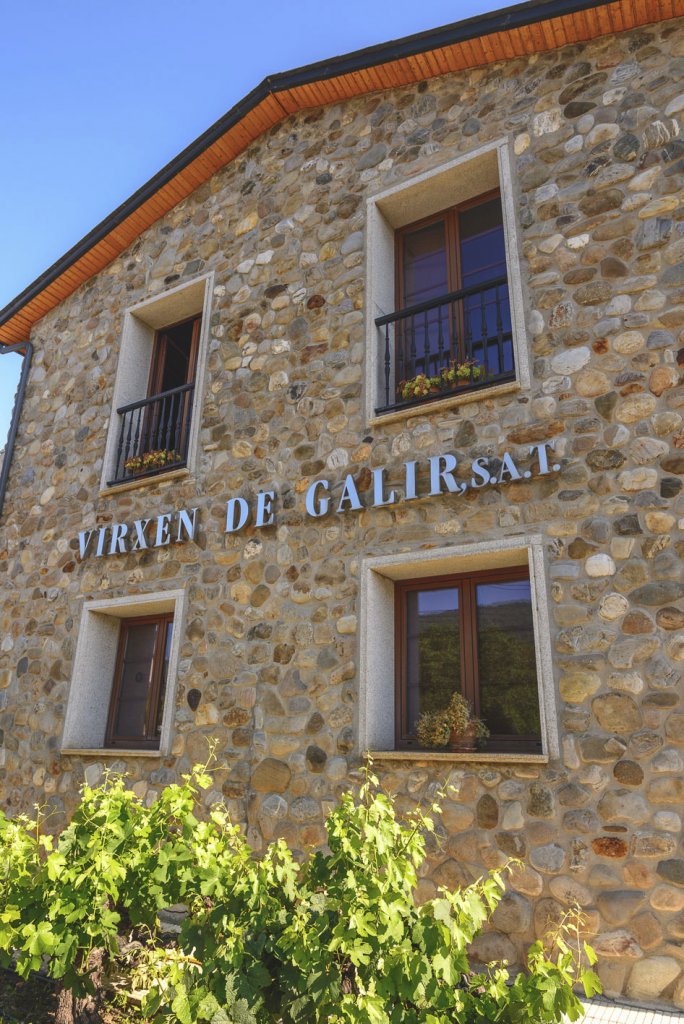
Virgen de Galir, D.O Valdeorras
The Valdeorras appellation is renowned for the quality of its white Godello and red Mencia and Virgen de Galir’s ‘Pagos de Galir’ range offers excellent examples of these in-demand grape varieties.
We source our grapes from our own 20 hectares of vineyards, with an altitude of over 600m. The premium grapes are sourced from terraces composed of chalk and decomposed granite soils, which gives the fruit complexity, minerality, finesse and elegance.
Bela, D.O. Ribera del Duero
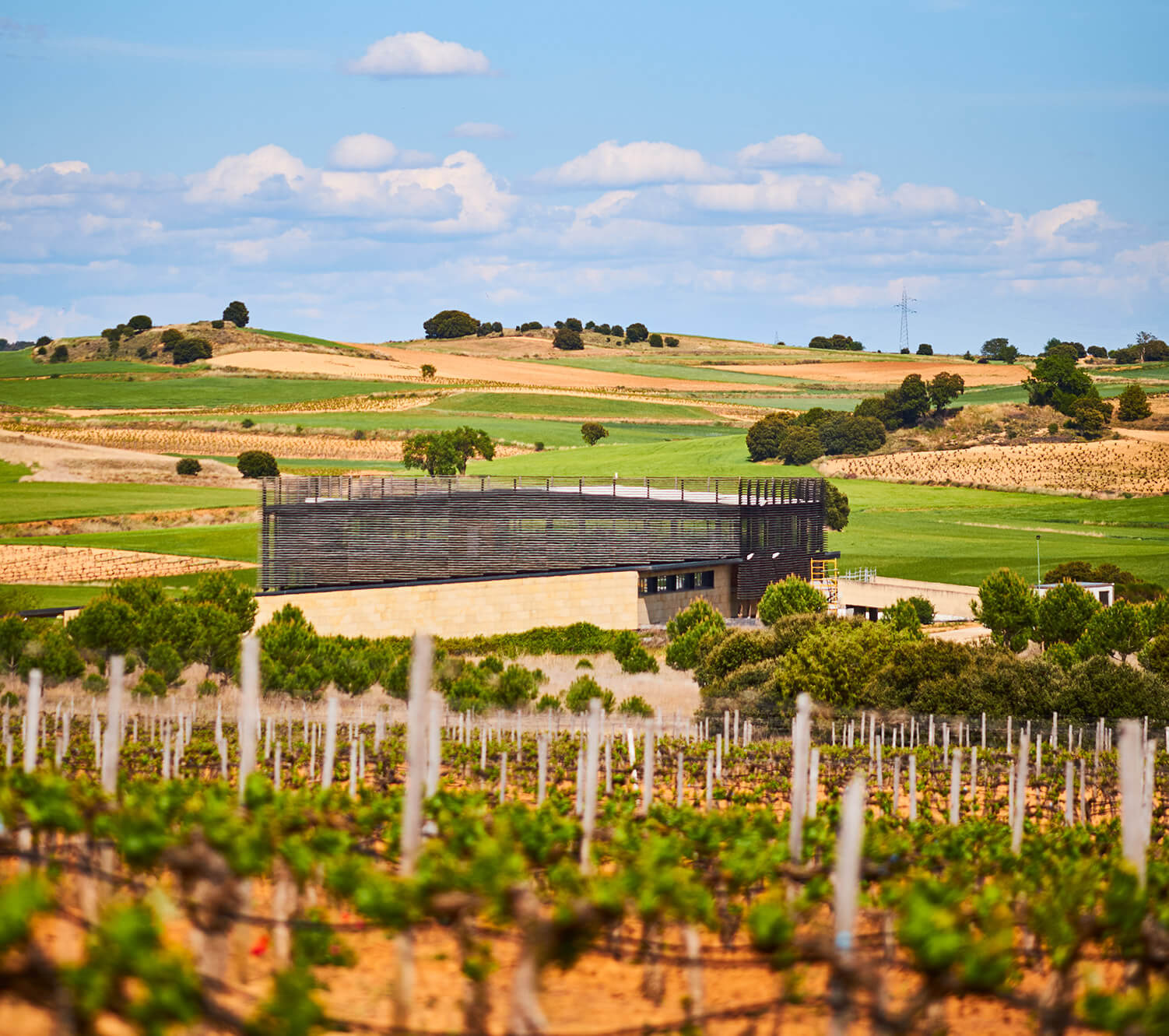
Bela, located in the highly elevated Ribera del Duero region, joined the C.V.N.E. family in 2019 and represents our ongoing ambition to take our winemaking expertise beyond the frontier of Rioja.
The Bela label is a reproduction of one of C.V.N.E.’s historic labels from 1910. The stars represent the children of our founder, Eusebio Real de Asúa. His eldest daughter, Sofia, was known as Bela and it is from Sofia that Victor and María Urrutia are descended.
Bela wines are produced from hand harvested, carefully selected grapes from our own estate vineyards in the villages of Villalba de Duero and Moradillo de Roa situated at more than 800m and 1,000m altitude respectively.
Technical Director, María Larrea, oversees the winemaking at Bela with talented young winemaker Sara Juan taking care of the day to day running of the winery and vineyards.
La Val, D.O. Rías Baixas
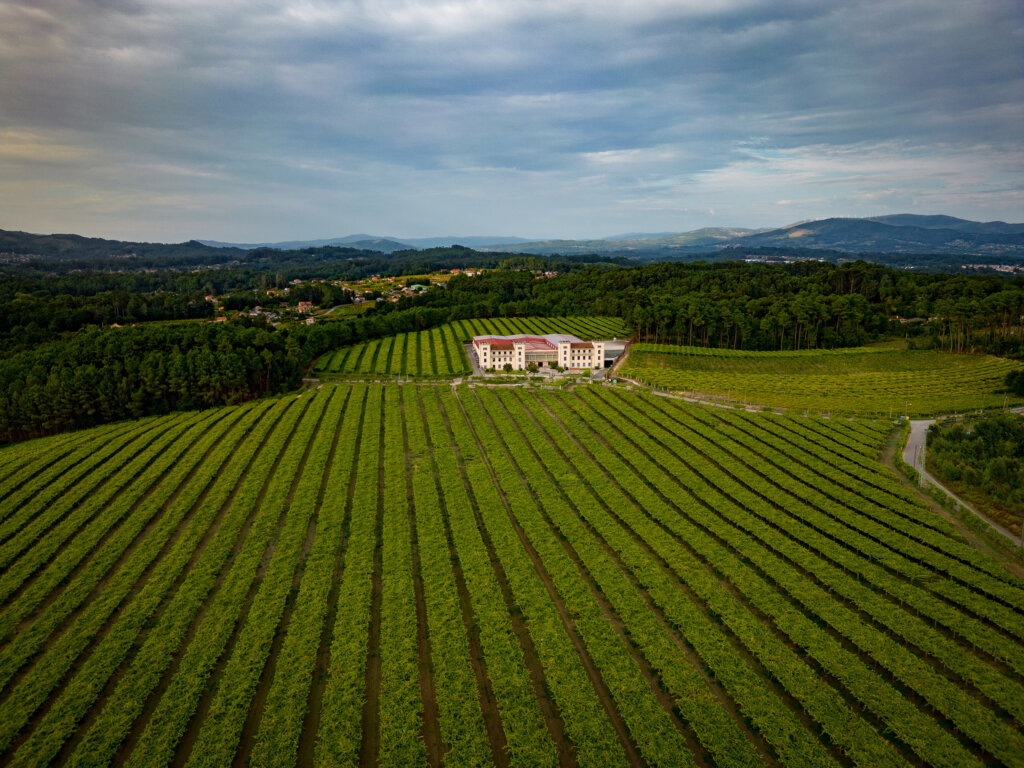
Established in 1985, La Val embodies our dedication to the exceptional wines of theD.O. Rías Baixas, of which thewinery was an early pioneer. Our state-of-the-art winery in Salvaterra de Miño opened in 2013, set against thepicturesque backdrop of the ‘Arantei’ vineyard.
Our philosophy at La Val remains the same as across the C.V.N.E. family: wine is made in the vineyard. Our La Val vineyards encompass 94 hectares of vines across three estates in two sub-regions of Rías Baixas; Taboexa and Arantei in Condado de Tea and Vilachán in O Rosal.
The patchwork of sandy loam, granite and slate soils across these areas creates a wide variety of Rías Baixas expressions in our wines, which are made predominantly from Albariño.
The natural vibrancy and purity of fruit is preserved through stainless steel ferments and ageing, though oak ageing is occasionally used to enhance intensity and to complement extended lees ageing for our single vineyard wines. Chema Uretais responsible for winemaking at Bodegas La Val
